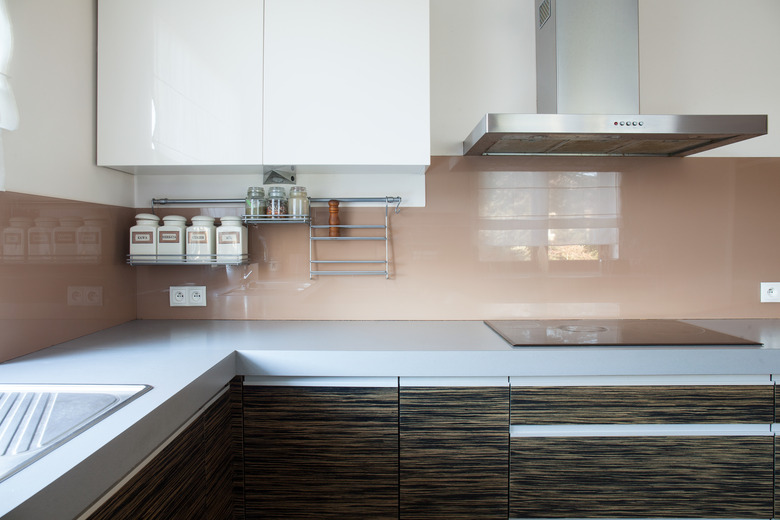How Does A Range Vent Hood Work?
They're above the fray happening below and often above notice as they work to keep the kitchen clean, safe and odor-free. Range vent hoods come in a wide variety of styles and shapes, but generally, all work to remove fumes and cooking oil particles that get in the air from pots and pans bubbling or frying on the stovetop.
Some range hoods are ductless, meaning they clean the air with fans and filters, while others remove the odors and grease through ductwork that leads outside.
Range Vent Hood Basics
Range Vent Hood Basics
The look of the range vent hood varies with style and cost. The range hood can be the focal point of the kitchen — a decorative piece with an upscale look of hammered copper, stainless steel or other metal materials. The shape of the range vent hood is typically funneled with a wide mouth, no matter if it's a costly decorative piece, painted enamel or plain metal.
In general, the purpose of the range vent hood is to pull odors and grease particles from the air around the stovetop and oven. The cooking fumes, steam and grease are pulled up and away from the workspace by electric fans that are mounted inside of the unit. The fumes move through the ductwork to the outside of the home or through filters that trap grease and odors.
Most range vent hoods have options to adjust the speed of the fan inside of the unit that pulls the odors and grease from the cooking area.
Range Hoods That Vent Outside
Range Hoods That Vent
Outside
A range hood that vents to the outside keeps the air inside the kitchen clean and healthy. It cuts down on humidity that can build up over a busy cooktop and pulls the impurities out of the air efficiently.
Depending on the type of hood, the ducting can run either vertically or horizontally, according to Proline Range Hoods. The ducting for a range hood over an island will need to run vertically and then horizontally to efficiently work above this space.
Ductless Range Hoods
Ductless Range Hoods
This type of range hood doesn't need to vent to the exterior of the home, so it can be installed just about anywhere, such as over a kitchen island with a stovetop. Ductless range hoods suck the air in with fans and blow it back into the room after circulating through filters, according to Home Inspector Secrets.
More than likely, a ductless range hood comes with a charcoal filter that helps to remove odor, smoke and grease particles that rise from a stovetop. To keep the ductless range vent hood working well throughout its lifetime, the filters will need to be changed at least once a year. Change the filters twice a year or every three months if you sauté or fry with oil regularly.
As with all items in your living spaces, choosing the best ductless range hood will come down to your preference and ability. A ductless range hood can still be a good choice to create healthy indoor air and wick away grease that can cling to the surrounding kitchen cabinets. They have an advantage over their ducted counterparts in that they can go anywhere but aren't as good at removing stale and dirty air.
